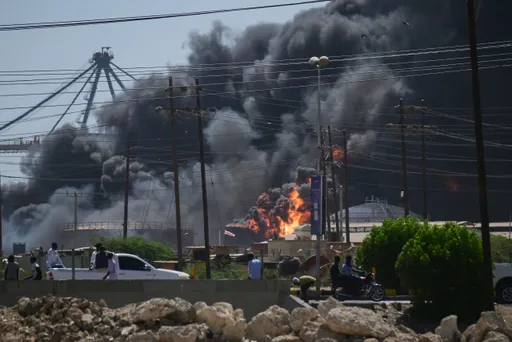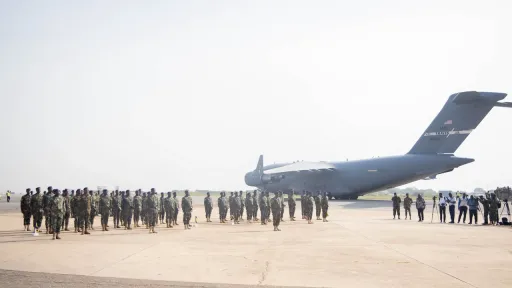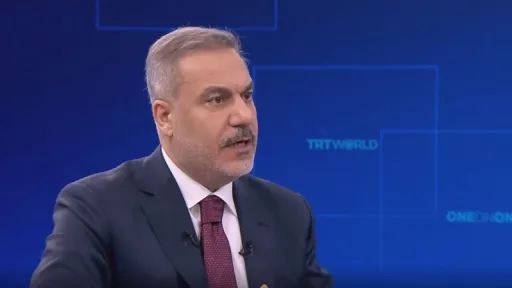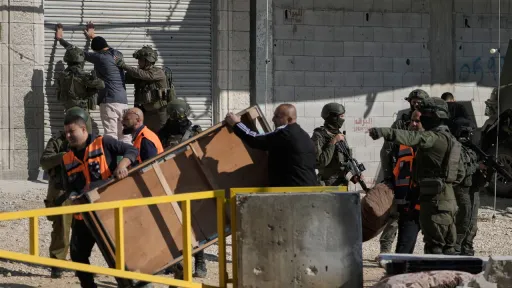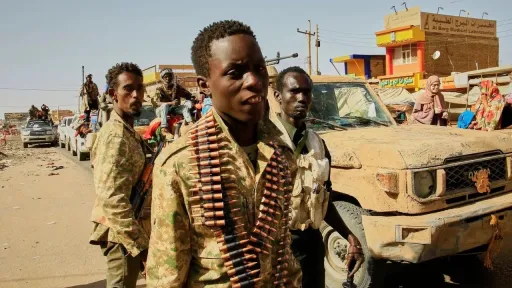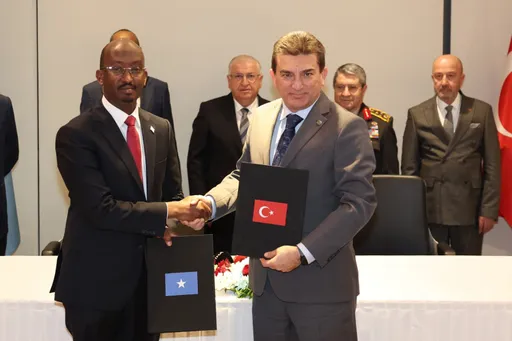By Brian Okoth
Hospitals, rescue centres and civilian settlements are some of the establishments that the international law protects against attacks during armed conflict.
Perpetrators of such frowned upon attacks risk severe punishments such as lengthy jail terms or death, according to laws adopted by several countries in the world.
On Tuesday, an Israeli air strike on Al Ahli Baptist Hospital in northern Gaza killed hundreds of people, triggering worldwide condemnation.
Several world leaders, including the African Union Commission Chairperson Moussa Faki Mahamat, termed the air raid in Gaza a "war crime."
The United Nations describes a war crime as a serious breach of international law committed against civilians or "enemy combatants" during an international or domestic armed conflict.
Geneva Conventions
Geneva Conventions, including one adopted by all the UN member states in 1949, seek to protect civilians and other people not directly involved in war from being victims of harm during armed conflict.
At least 194 countries, including Israel, are signatories to the Geneva Conventions, meaning that their actions during armed conflict should not contravene the international law.
The Geneva guidelines and other related protocols contain the most important rules limiting the barbarity of war.
"They protect people who do not take part in the fighting (civilians, medics, aid workers) and those who can no longer fight (wounded, sick and shipwrecked troops, prisoners of war)," the UN says of the rules that were formally implemented on October 21, 1950.
Protected areas
Under the conventions, the UN has listed several establishments, zones or facilities that should never be attacked during combat.
The law defines the term "attack" as an act of violence against the adversary, whether in offence or defence.
Hospital zones
These are facilities or zones dedicated solely for treatment of people. The aim of sealing off these establishments against attacks is to protect human life, even during times of war.
Wounded and sick members of the armed forces, who are admitted to these facilities, are also protected from attacks by opponents.
Non-defended localities
The humanitarian law allows for the establishment of zones that can be defined as "non-defended", meaning fighting is prohibited from taking place in them. A party to an armed conflict may declare that an area is "non-defended."
Under the UN guidelines, a "non-defended locality" is any inhabited place open to enemy occupation and situated near or in a zone where armed forces are in contact. The aim is to spare the civilian population and property near the battle zone from harm.
Safety zones
These are shelters organised to protect the vulnerable, including the wounded, the ailing, the elderly, children below 15 years, expectant women, mothers of children aged below seven years, as well as persons receiving medical care.
Safety zones may include schools, rescue centres or temporary structures put up to shield the mentioned group of people.
Neutralised zones
These are zones established in regions where intense fighting is taking place. Such zones are set up to shelter the wounded and sick combatants and civilians who are not taking part in the war or "performing the work of a military character" as they reside in them.
Parties to the war must agree to identify and recognise neutral zones.
Demilitarised zones
These are zones where no armed conflict should take place, whatsoever. Parties to the conflict are also prohibited from using these zones for any purpose related to the conduct of military operations.
Examples of demilitarised zones are humanitarian corridors intended to allow the unimpeded movement of humanitarian aid, even if it is destined for the opponent's population.
Safe areas
The UN Security Council can pass a resolution that declares certain areas as safe zones that should never come under attack during armed conflict.
A third government or neighbouring governments can propose that a certain region, part or zone be declared a safe area under the UN Charter.
Prohibited actions
The international law prohibits intentional direct attacks against the civilian population or against individual civilians not taking part in hostilities.
Attacking or bombing towns, villages, dwellings or buildings which are undefended, and which are not military sites, is prohibited.
The Rome Statute of the International Criminal Court (ICC) prohibits extensive destruction and appropriation of property, not justified by military necessity, and "carried out unlawfully and wantonly."
Parties to a war are required by law to always clearly distinguish between combatants and civilians. They are also required to distinguish between military objectives and civilian objects. Only military objectives may be attacked.
Civilian objects should never be attacked, unless they have become military objectives, the international law says.
Religious worship centres, schools, hospitals and homes should never be targeted while being used for their normal purposes.
Punishment
Cultural properties such as museums, UNESCO heritage sites, among others, are also protected against attacks.
Installations containing dangerous forces such as dams, dykes and nuclear power plants should never be targeted during armed conflict. Attacks on such facilities could put the lives of many people, largely civilians, at risk.
Acts or threats of violence "whose primary purpose is to spread terror among the civilian population" are prohibited under the international humanitarian law.
Persons convicted of breaching the international humanitarian law risk lengthy jail terms, or even death sentence.
Genocides and crimes against humanity such as torture, murder, rape, apartheid and forcible transfer of population attract highest punishment. In many countries, these crimes attract death sentence.









